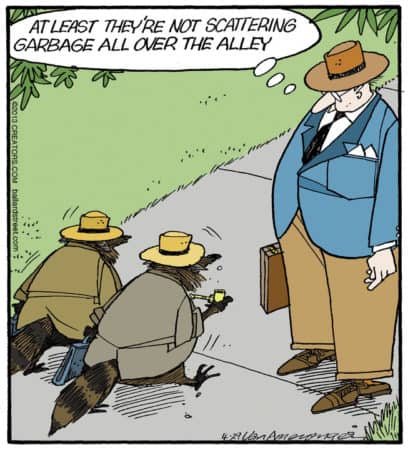“Be not high-minded, Paul said, but fear. Again, he told the church at Rome not to be high-minded but rather to fear. What were they to fear? The answer is plain—the Roman church was commanded to fear the prospect of removal from the olive tree of the covenant. In the face of this, over the centuries, it has become a dogma in the church at Rome that while other churches can fall away, it cannot. Even if everyone else denies You, Peter says, I will not. In other words, a church that is expressly warned that it can be cut off maintains that it cannot be.”
The Cultural Mind, p. 271




